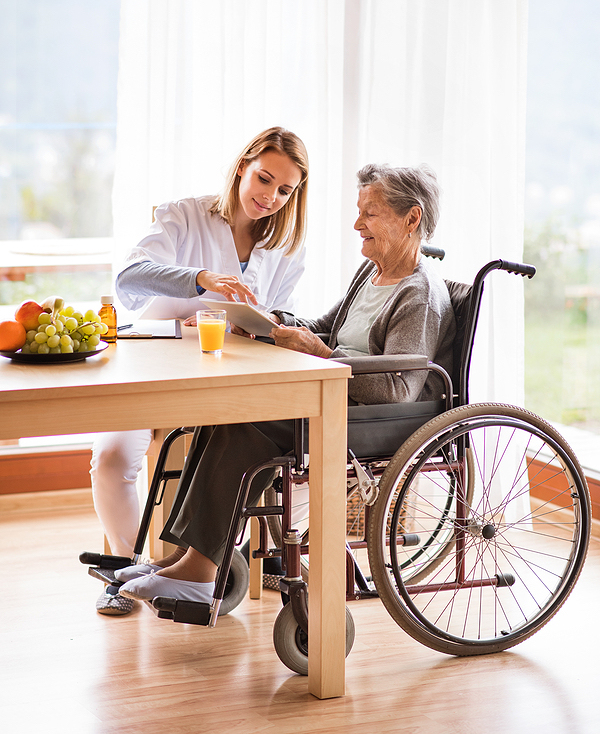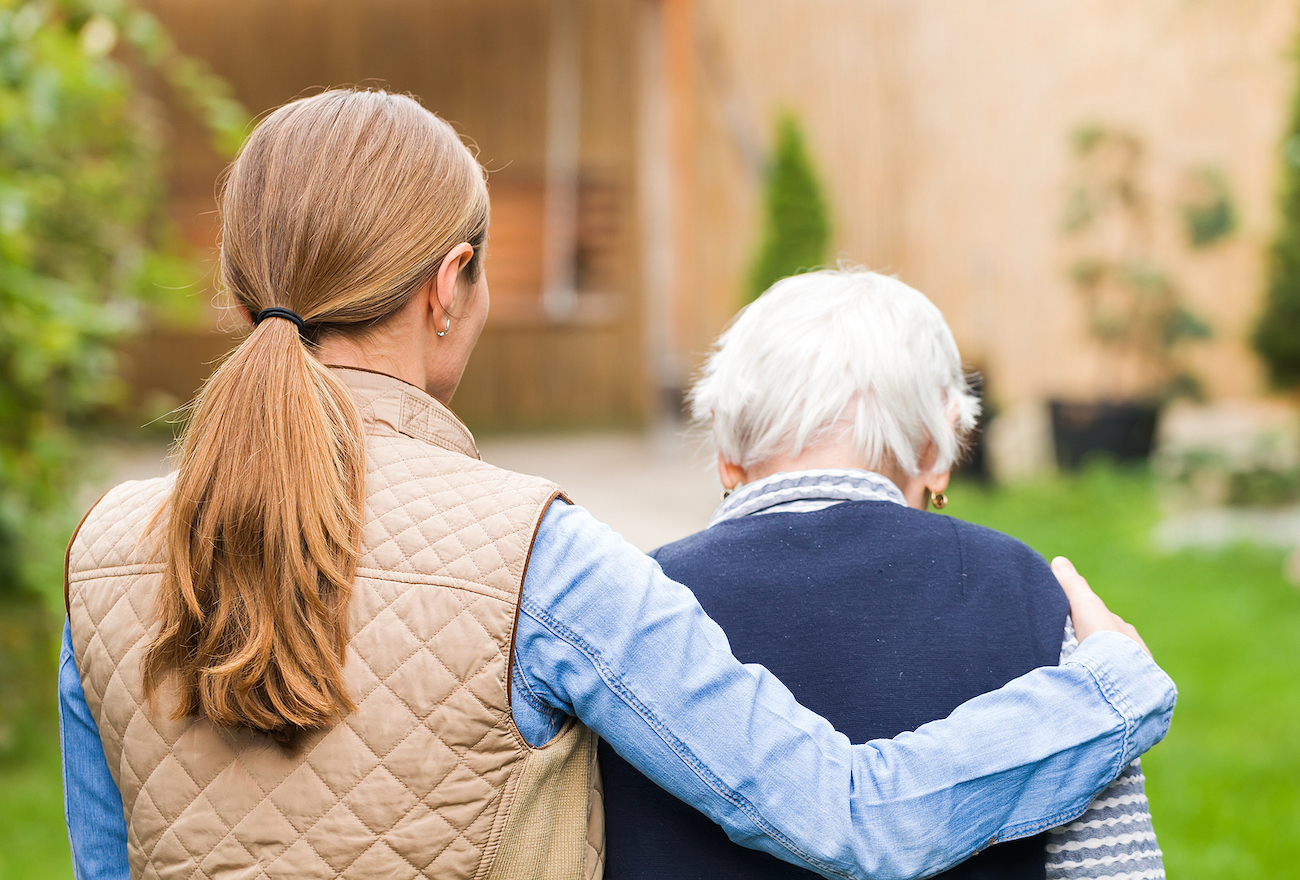The CDC reports that one in every four older adults falls every year, resulting in more than 32,000 deaths, making it a public health concern. Likely, your loved one’s home is not ready for them to age in, as the U.S. Census Bureau finds that only 10% of homes are prepared to accommodate the older population’s needs.
Learn the eight most crucial home modifications for seniors, allowing them to age in place — including kitchen, bathroom, and bedroom home accessibility ideas.
Essential Aging-in-Place Home Modifications for Seniors
Consider the following home modifications to help your loved one remain safe:
- Widen doorways: If your loved one uses a walker or wheelchair, doorways need widening to accommodate them. Doing so allows your loved one to move throughout their home independently.
- Install grab bars and handrails: In areas like the bathroom and along staircases, grab bars and handrails provide necessary support for seniors prone to falls.
- Modify the bathroom: Studies show that most injuries that happen in the bathroom are from using the shower or bathtub. So, some aging-in-place bathroom ideas include installing a walk-in shower, a higher toilet seat, and non-slip flooring to prevent bathroom-related accidents.
- Improve lighting: Adequate lighting can help your loved one see what’s on the floor around them, preventing them from tripping. Check to see that all areas of the home, especially hallways and staircases, are well-lit.
- Remove tripping hazards: Secure or remove loose rugs and ensure that electrical cords are out of the way to reduce the risk of tripping. Long, shaggy rugs or carpeting can be a hazard, but so can hardwood because it can become slippery. Remove unsafe carpets and use traction tape on slippery hardwood floors to minimize fall risks.
- Adjust kitchen layout: Lowering countertops and cabinets can make the kitchen more accessible for seniors who use wheelchairs or have difficulty reaching high places.
- Install ramps: Steps are among the most common fall areas for seniors. Replacing steps with ramps at entryways makes it easier for seniors with mobility issues to enter and exit the home. Also, moving their bedroom to the main floor so they don’t need to climb stairways frequently can decrease the chance of falling.
- Lever handles: Replace doorknobs with lever handles, which are easier to use for those with limited hand dexterity.
These aging-in-place home modifications for seniors don’t have to compromise the aesthetics of your loved one’s home. Choose changes that blend seamlessly with the home’s existing decor. For example, grab bars now come in various styles and finishes that can complement the bathroom’s design. Similarly, ramps can match your home’s exterior, and finishing on lever handles can fit the overall style of your doors and cabinets.
Beyond Home Modifications for Seniors
Creating a home environment that supports the unique needs of older adults involves more than just physical modifications. It’s about creating a space that promotes independence, is easy to navigate, and is comfortable to live in. Ensure that the living space is clutter-free, maintain a comfortable temperature, and consider smart home devices for help with daily tasks.
You and your loved one can also do several things to prevent falls besides making modifications in their home. Contact a doctor if you notice your loved one becoming more unsteady on their feet. Some medications can make seniors sleepy or dizzy, causing instability. A doctor could also prescribe physical therapy to help improve their balance and build their strength to avoid falling. Encourage them to exercise more if they can because that will also strengthen their legs and decrease their fall risk.
Consider the type of footwear your loved one is wearing. Seniors should wear low-heeled shoes with slip-resistant soles, not only outside their homes but inside as well. The National Council of Aging finds that shoes without laces, straps, or buckles also increase fall risk.
How A Place At Home Can Help
You don’t have to make these changes all on your own. A Place At Home can help determine the necessary adjustments that need to be completed for your loved one’s safety.
But even with the best modifications, you might find that your loved one needs additional support. In-home senior care services, like those provided by A Place At Home, offer the extra help your senior needs to thrive while aging in place. From personal care to companionship and even help with household tasks, our in-home care professionals can help ensure your loved one is safe, healthy, and happy in their modified home. Find a location near you and connect with us to get started.


